探索富士箱根伊豆国立公园:该做什么和看什么

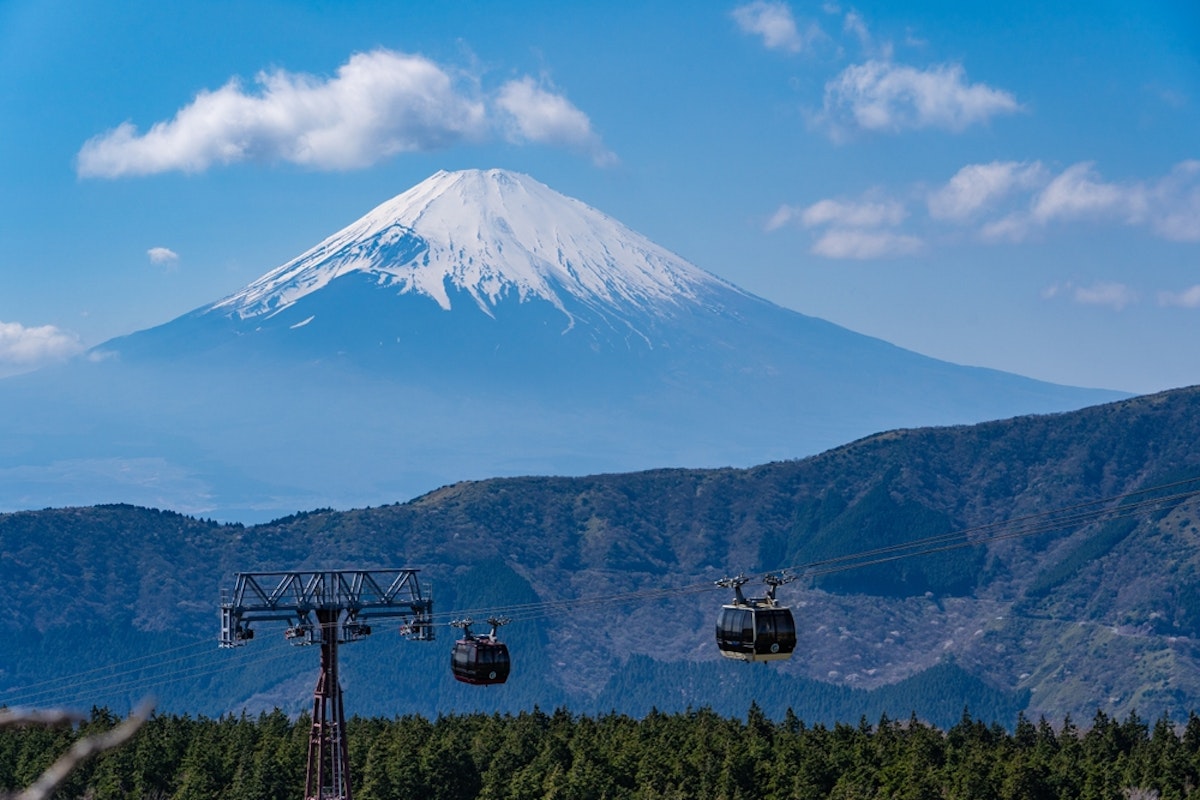
富士箱根伊豆国立公园是日本访问量最大的国家公园之一,以其自然美景和各种景点而闻名。该公园靠近东京,涵盖四个主要区域:富士山、箱根、伊豆半岛和伊豆群岛。每个地区都提供不同的体验,从远足和温泉到沿海探险和历史遗迹。在这篇博文中,我们将探讨您可以在这些领域中做什么和看到什么。
富士山地区
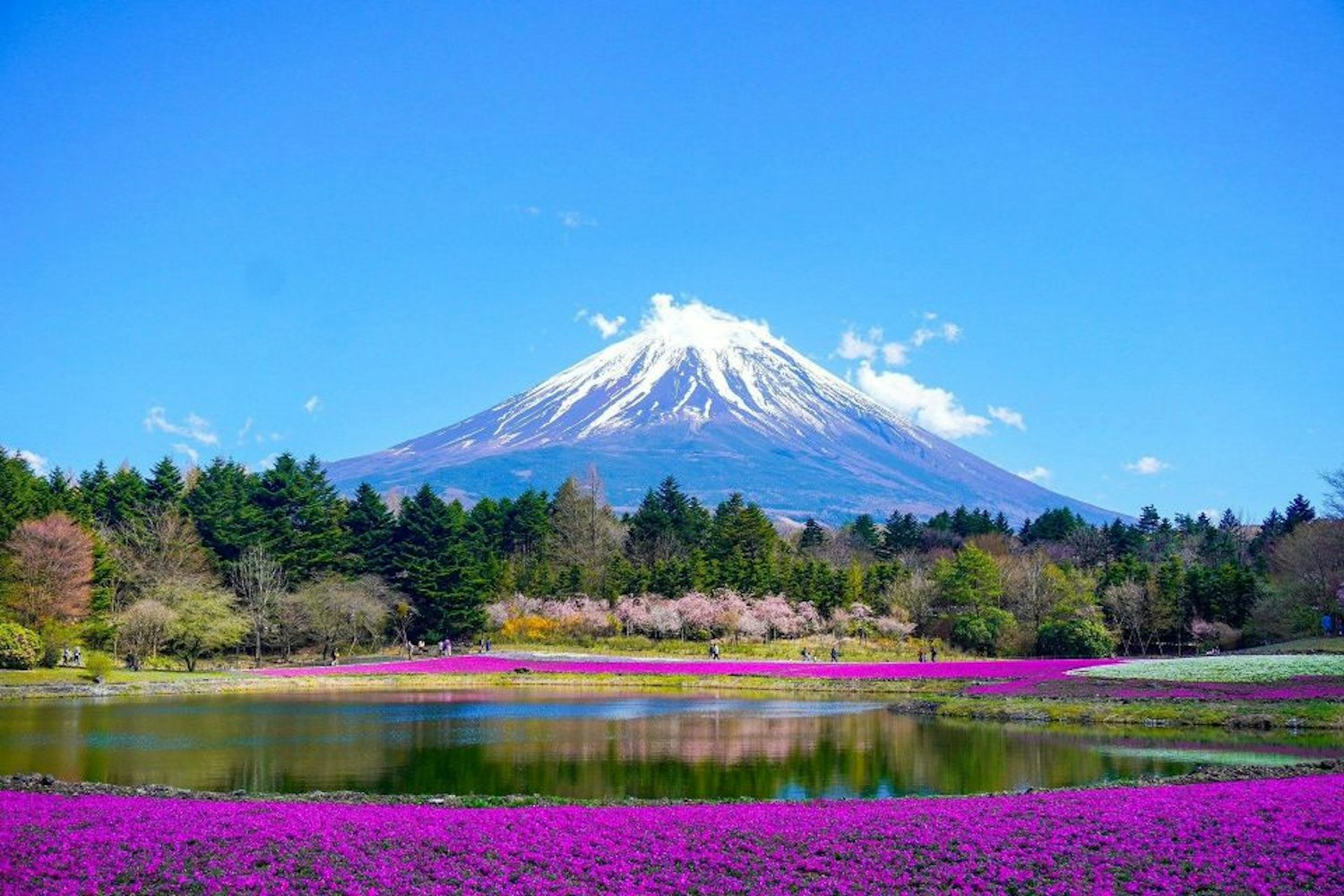
攀登富士山
富士山是日本最高的山峰,也是公园内的主要景点。它海拔 3,776 米,是一座活火山,也是日本的象征。在 7 月初至 9 月初的官方登山季节,许多游客出发前往山顶。
有几条路线可供选择,每条路线都提供不同的难度级别。吉田步道是最受欢迎的,从五合目开始,大约需要 6 到 8 小时才能到达山顶。许多人在清晨或深夜开始攀登,从山顶见证日出,这一刻被称为“Goraiko”。
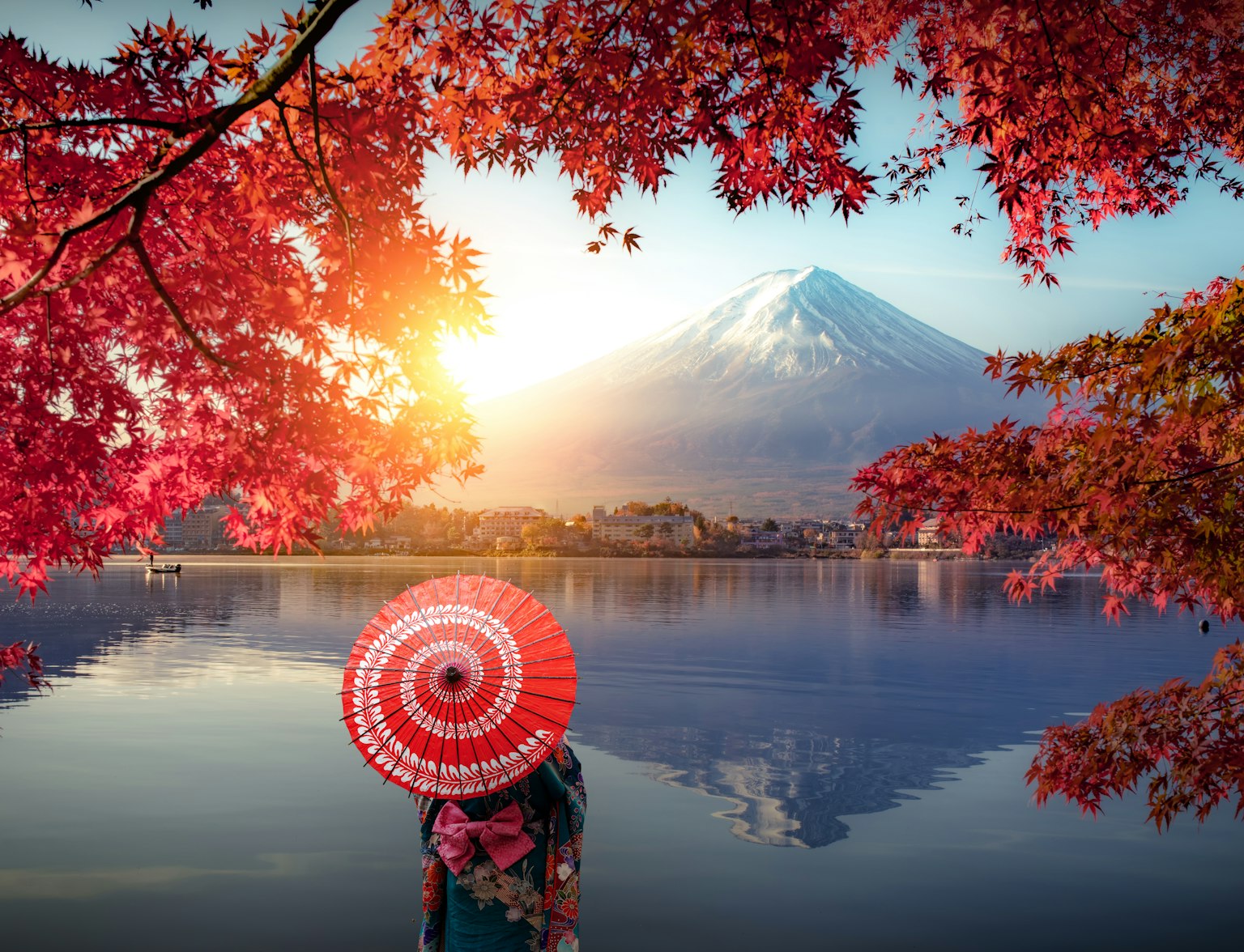
乘坐豪华车参加富士山全日私人之旅。
富士五湖
对于那些喜欢远距离欣赏富士山的人来说,富士五湖地区拥有壮丽的景色和各种活动。该地区位于富士山北麓,包括河口湖、山中湖、西湖、精进湖和本栖湖五个湖泊。河口湖是最容易到达和开发的,使其成为本地和国际游客的热门目的地。
河口湖以其富士山的壮丽景色而闻名,尤其是在春季的樱花季节和秋天的红叶季节。游客可以在湖上乘船游览,享受温泉浴,并参观河口湖音乐森林博物馆等博物馆。
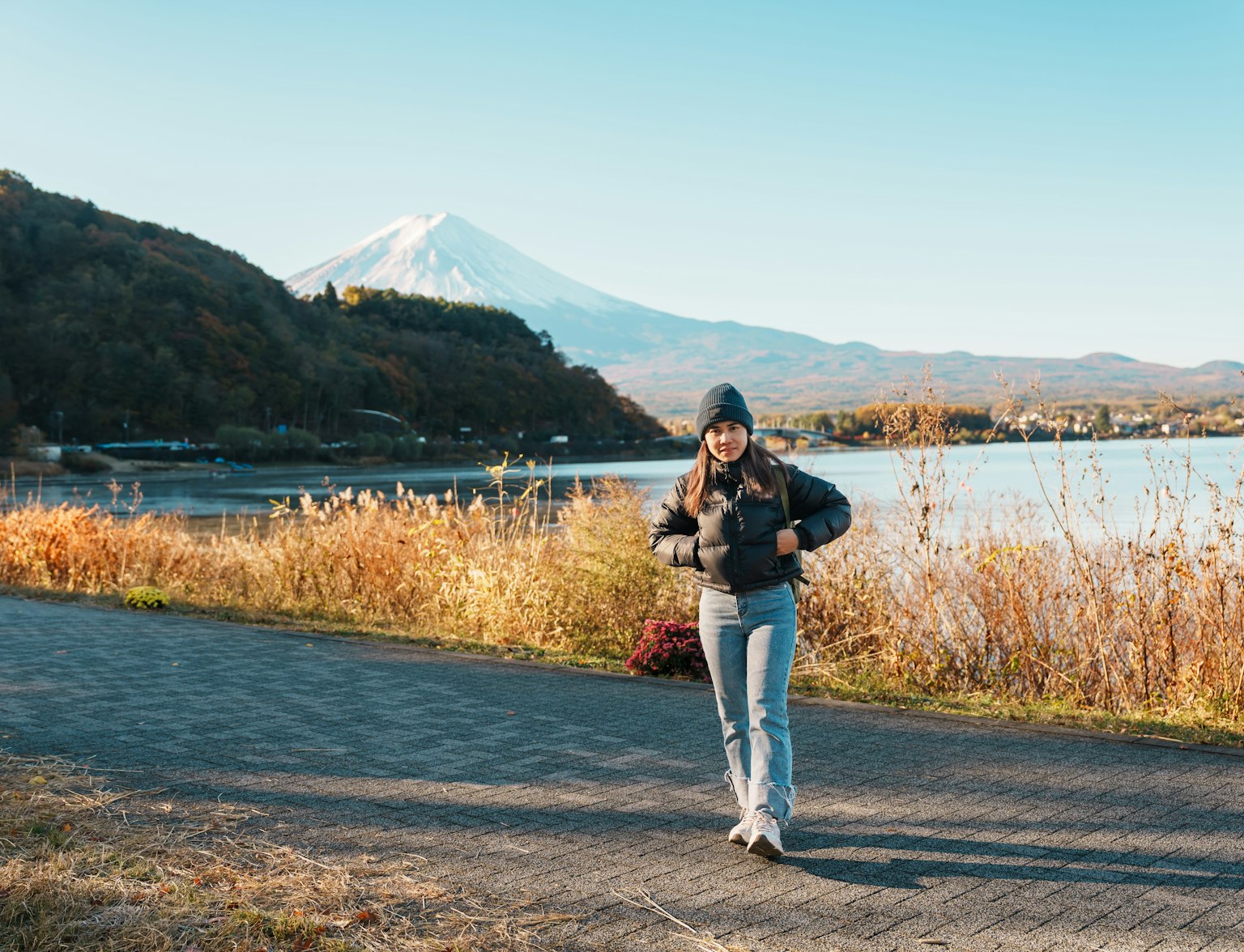
参加这次旅行,踏上令人叹为观止的富士山之旅。
位于河口湖附近一座小山上的中灵塔是其中最日本的拍摄地点.从这里,您可以捕捉到以富士山为背景的宝塔的标志性图像,春天的樱花或秋天充满活力的树叶构成。
富士山周围的徒步旅行路线
如果您不喜欢攀登富士山,那么在山脚和附近的湖泊周围有更简单的远足小径。Ochudo Trail 环绕富士山约 2,300 米,可以欣赏到周边地区的壮丽景色。湖泊周围的小径也非常适合步行,小径可带您穿过森林、花田和湖岸。
箱根地区
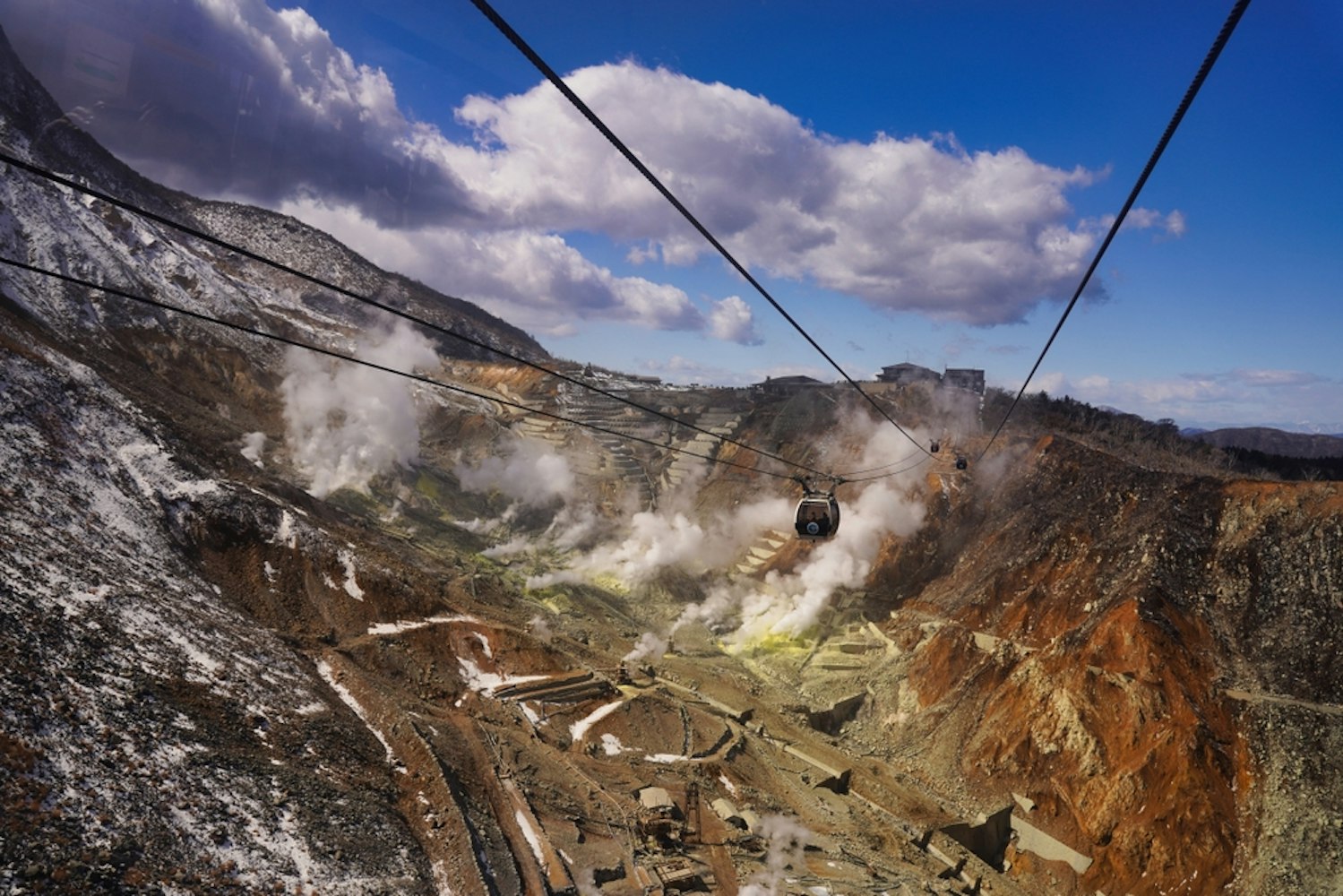
享受温泉(Onsen)
箱根还以其温泉或 “温泉” 而闻名,几个世纪以来一直吸引着游客。该地区拥有十几个温泉度假村,其中许多位于称为日式旅馆的传统日本旅馆内。这些日式旅馆让客人有机会泡在富含矿物质的温泉浴池中,同时欣赏周围群山的美景。一些最受欢迎的箱根的温泉小镇包括箱根汤本、宫下和强罗。
箱根温泉中的水以其治疗特性而闻名,尤其是舒缓肌肉酸痛和改善血液循环。在被称为“rotenburo”的露天浴池中浸泡,同时被大自然所包围,是任何活动的亮点之一箱根之旅。
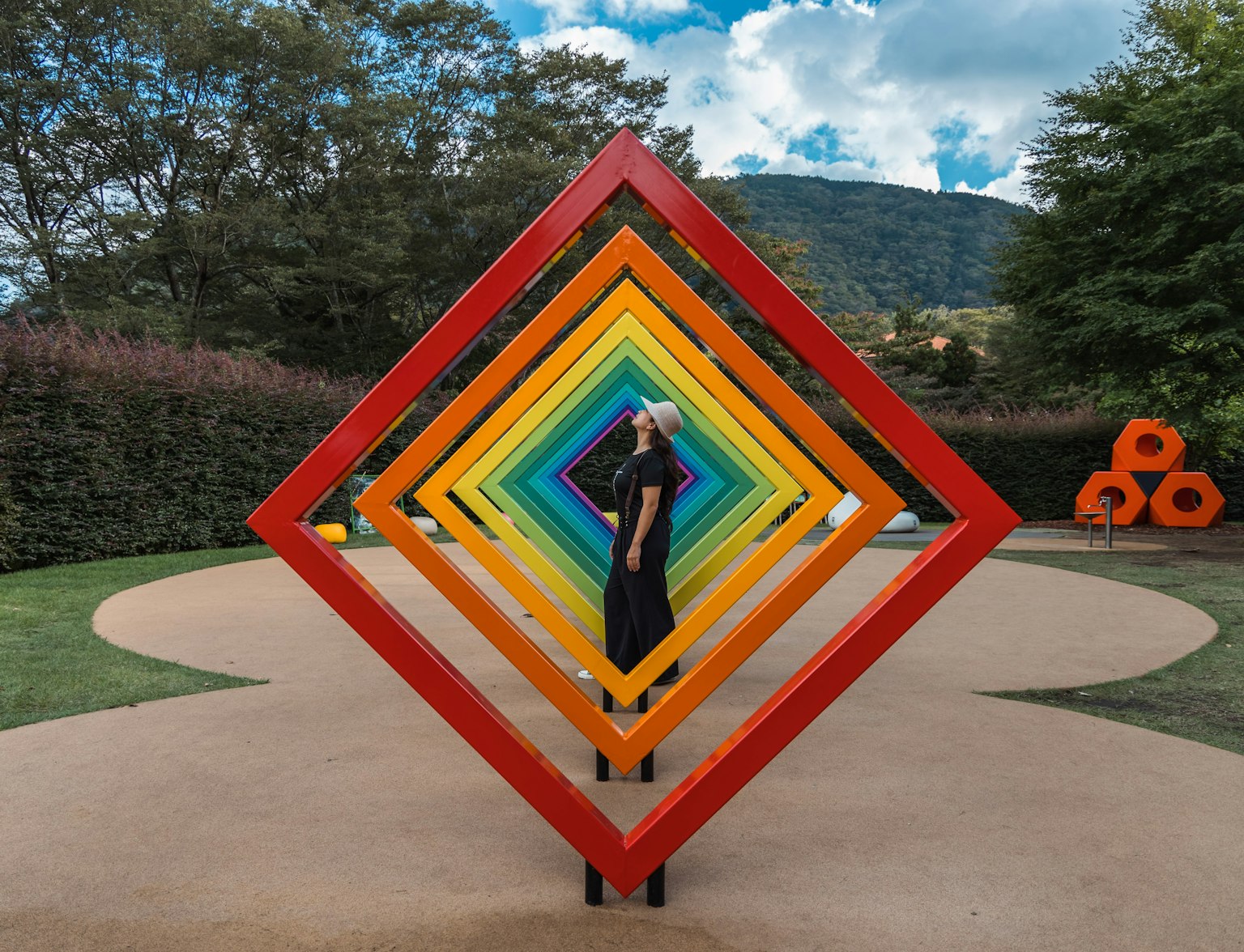
在私人旅游中探索富士山和箱根的迷人景观。
芦之湖和箱根神社
箱根的主要景点之一是芦之湖,这是一个在 3000 多年前最后一次喷发后在箱根山破火山口形成的火山口湖。该湖四周群山环绕,在晴朗的日子里可以欣赏到富士山的壮丽景色。游客可以在湖上享受乘船游览,包括乘坐海盗主题的船只,这特别受家庭欢迎。
芦之湖岸边是箱根神社,这是一座历史可以追溯到 8 世纪的神社。神社坐落在茂密的森林中,其标志性的红色鸟居矗立在芦之湖水域,是箱根的象征。这座神社供奉着山神,几个世纪以来一直是朝圣地。
参观箱根露天博物馆
箱根露天博物馆是一个独特的博物馆,坐落在一个大花园中。它以日本和国际艺术家的现代和当代雕塑为特色。还有室内画廊,展示毕加索等著名艺术家的作品。
博物馆的户外环境让游客可以在自然环境中欣赏艺术,以箱根的山脉和森林为背景。
箱根索道和大涌谷
箱根索道是该地区的另一项必做活动,可以欣赏到周围景观的壮丽景色,包括晴朗的日子里的富士山。索道连接箱根的几个主要景点,包括 Owakudani,这是一个拥有活跃硫磺喷口和温泉的火山谷。大涌谷形成于大约 3,000 年前箱根山最后一次喷发期间,它仍然是一个活跃的火山区。
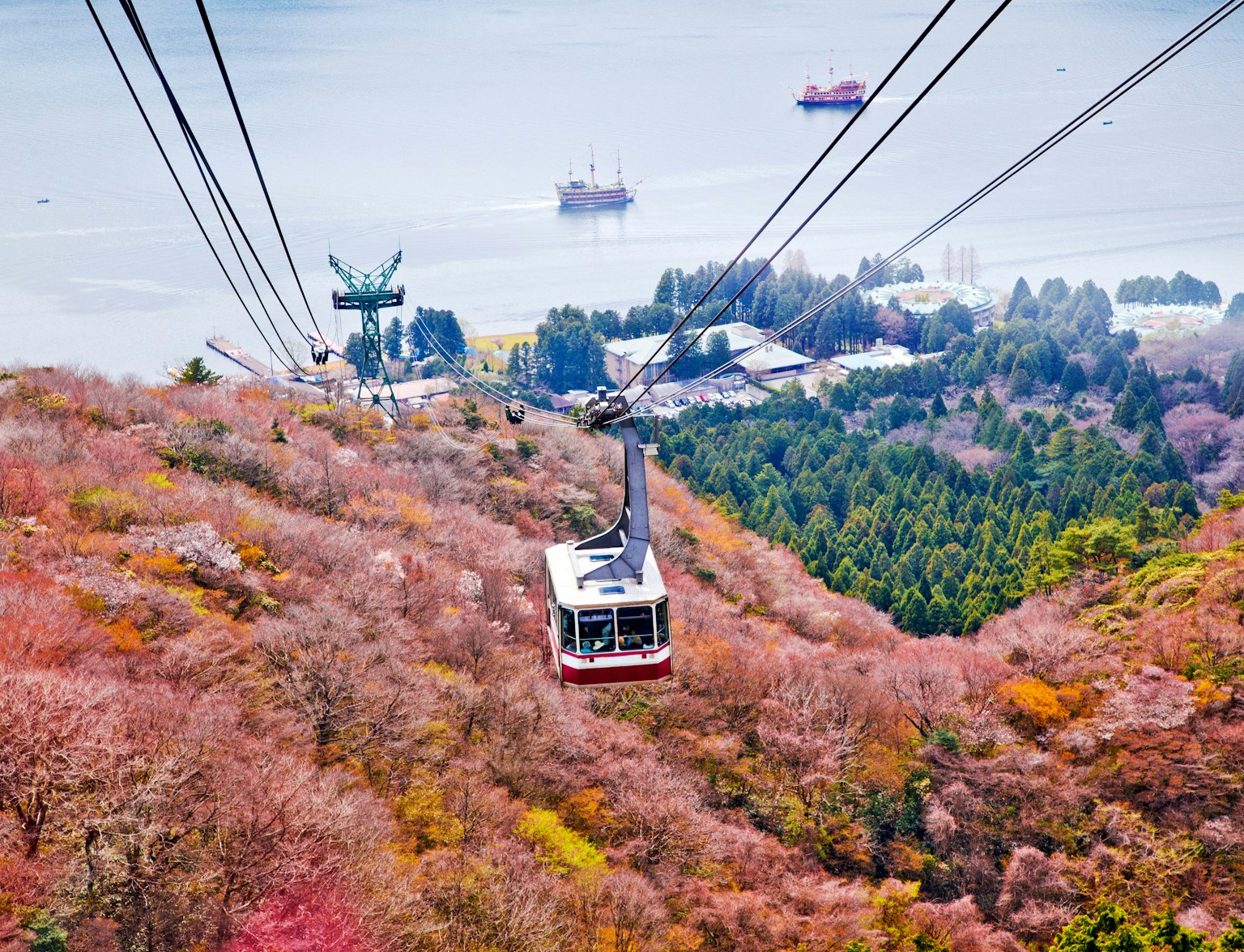
通过我们的驹岳索道冒险探索箱根的魅力。
来到大涌谷的游客可以近距离看到蒸汽喷口和沸腾的温泉。这里的热门美食是 “kurotamago”或黑蛋,它是在硫磺温泉中煮沸的。由于水中的硫磺,鸡蛋会变黑,当地传说吃其中一个鸡蛋可以延长你的寿命七年。
箱根索道可轻松前往这一独特的火山景观,使其成为探索该地区的游客的便利站点。
伊豆半岛
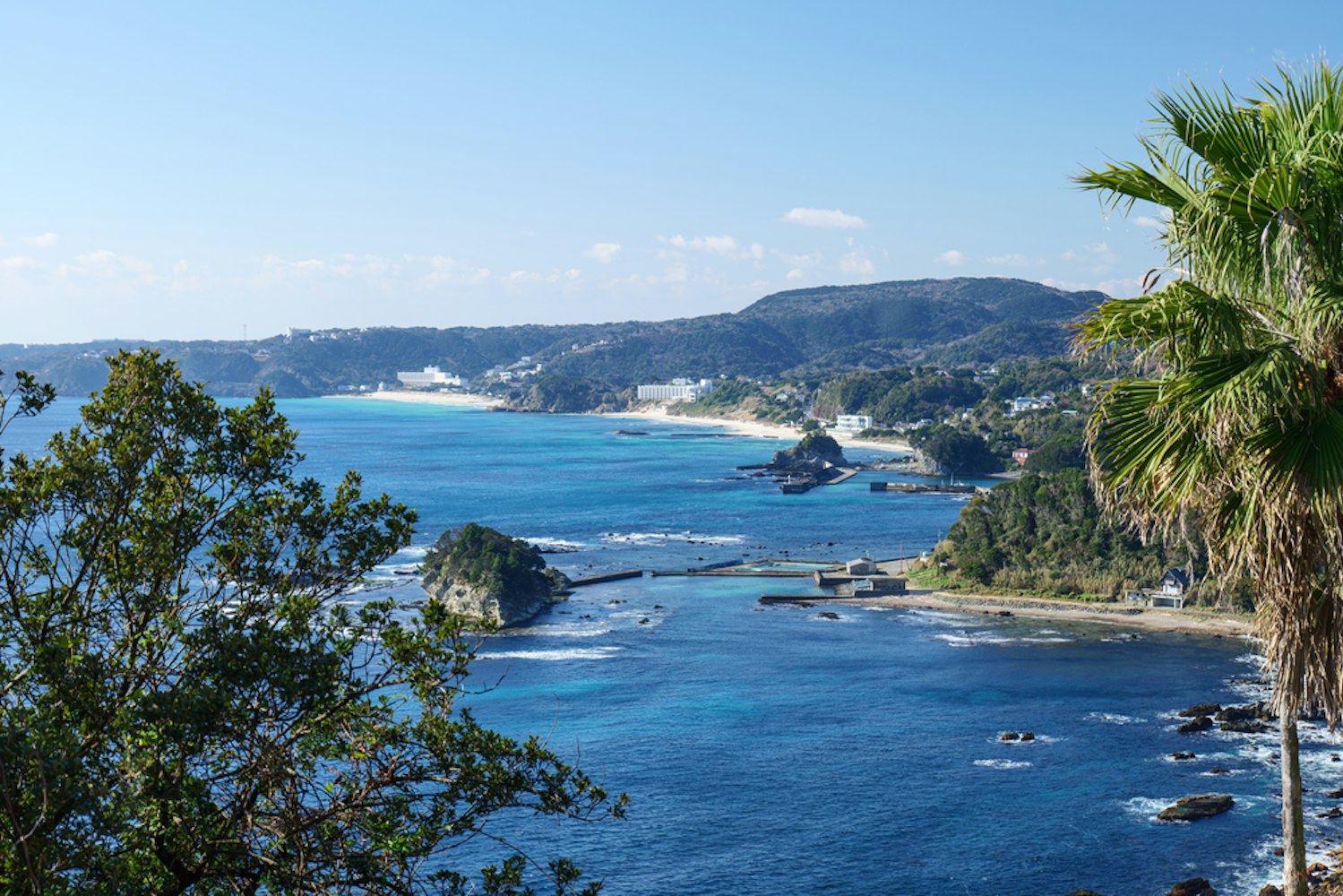
沿着城崎海岸徒步旅行
伊豆半岛位于箱根以南,以其崎岖的海岸线、温泉和迷人的海滨小镇而闻名。城崎海岸是半岛上风景最优美的地区之一,其特点是数百万年前火山活动形成的戏剧性悬崖和熔岩地层。
海岸两旁林立着远足小径,其中最著名的是城崎皮森路线。这条小径沿着悬崖边缘延伸,可以欣赏到太平洋和下方岩石海岸线的壮丽景色。
城崎吊桥横跨海岸的深渊,是这条步道的一大亮点。走过桥是一种令人振奋的体验,海浪拍打着下面的岩石。
伊豆半岛的温泉和历史名镇
伊豆半岛拥有多个温泉小镇,每个小镇都有自己独特的魅力。修善寺,通常被称为伊豆的“小京都”,是一座历史悠久的小镇,以其宁静的氛围和文化遗产而闻名。
修善寺建于 8 世纪,是该镇的中心,周围环绕着美丽的花园和竹林。该镇还有几家带温泉浴池的日式旅馆,为游客提供宁静的度假胜地。
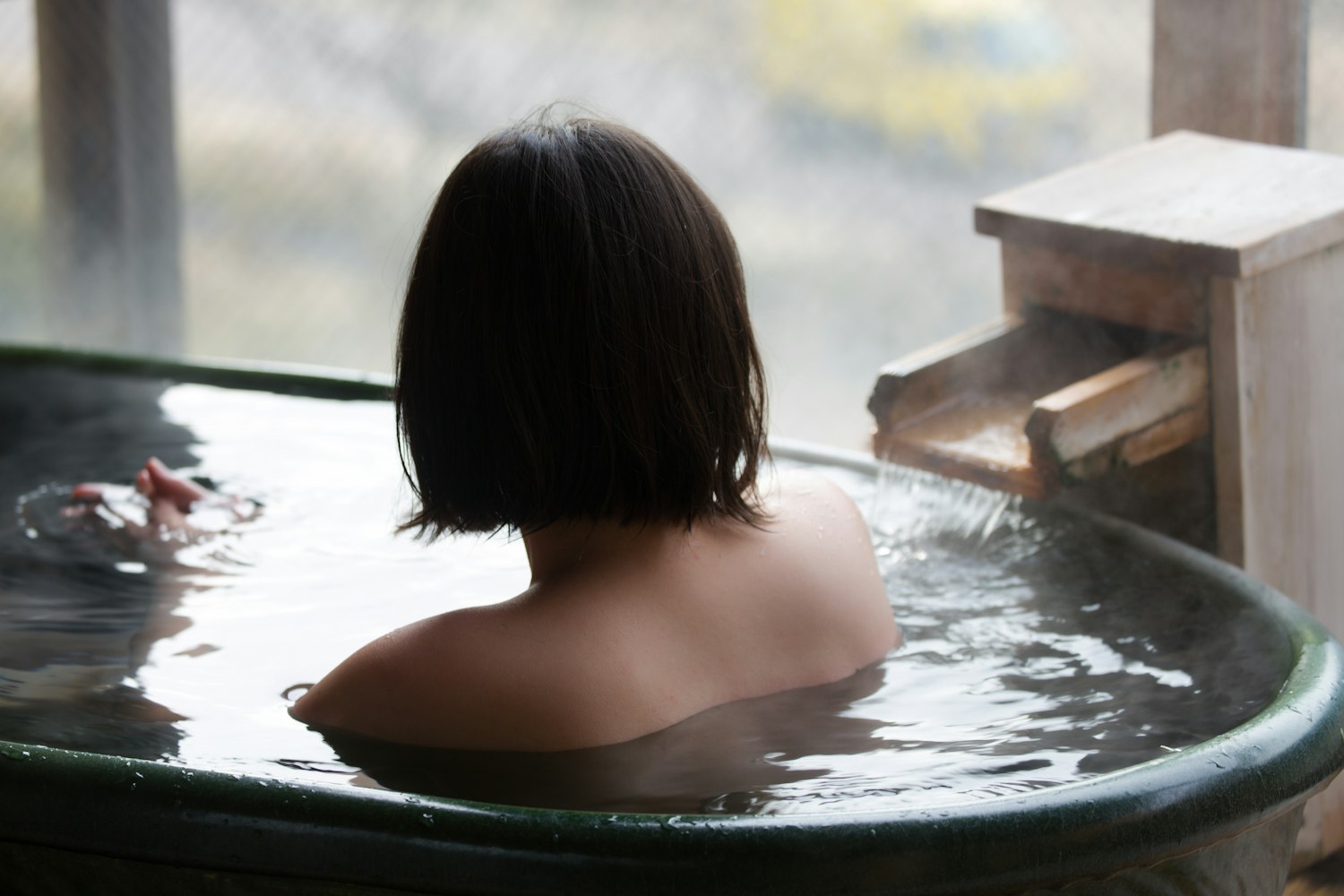
热海市位于伊豆半岛东海岸,是另一个受欢迎的温泉度假小镇。自江户时代以来,热海一直是东京居民最喜欢的度假胜地,它继续以其海滩、温泉和文化遗址吸引着游客。热海城坐落在俯瞰城镇的山丘上,享有海岸线和太平洋的全景。
参观伊豆Shaboten动物园
伊豆Shaboten动物园位于伊东镇附近,集动物园和植物园于一体。动物园是各种动物的家园,包括水豚和狐猴,而植物园则拥有 1,500 多种仙人掌和多肉植物。动物园最著名的景点是水豚温泉,冬天可以在那里观看这些大型啮齿动物享受温泉浴。
在伊豆半岛清澈的海水中潜水和浮潜
伊豆半岛也是潜水和浮潜的热门目的地,这要归功于其清澈的海水和丰富的海洋生物。半岛的南部,特别是下田镇和伊东镇周围,以其绝佳的潜水点而闻名。
这里的水域是珊瑚礁、五颜六色的鱼群,甚至是海龟的家园。对于那些有兴趣探索海底世界的人来说,该地区有几家潜水学校和旅行社提供带导游的潜水和浮潜之旅。
伊豆群岛

探索大岛
伊豆群岛是位于伊豆半岛南部的一组火山岛,每个岛屿都有自己独特的景观和景点。大岛是伊豆群岛中最大的岛屿,以三原山而闻名,这是一座活火山,上一次喷发是在 1990 年。火山是岛上最突出的特色,游客可以徒步到山顶观察火山口。
徒步到三原山的山顶相对容易,往返大约需要两个小时。从顶部可以欣赏到岛屿和周围海洋的全景。
火山周围的景观贫瘠而超凡脱俗,熔岩场和蒸汽喷口与岛上其他地方郁郁葱葱的绿色植物形成鲜明对比。
在新岛冲浪
新岛是一个小岛,以其白色的沙滩和清澈的海水而闻名,是冲浪的绝佳去处。Habushiura 海滩是最受欢迎的海滩,吸引了来自世界各地的冲浪者。岛上还有温泉,包括 Yunohama Onsen,这是一个海景露天浴池。
在八丈岛徒步旅行
八丈岛是一个偏远的岛屿,以其茂密的森林和温泉而闻名。岛上有几条远足小径,穿过森林,经过瀑布,一直到死火山八条富士山的山顶。该岛还以 Hachijo-ori 等传统手工艺而闻名,这是一种由当地植物制成的纺织品。
在伊豆群岛潜水和浮潜
伊豆群岛是潜水和浮潜的好地方,拥有清澈的海水和丰富的海洋生物。御仓岛是潜水的最佳地点之一,以其友好的海豚而闻名。在导游的带领下,您可以与海豚一起游泳或探索岛上的珊瑚礁。
其他受欢迎的潜水点包括式根岛和神津岛周围的水域,在那里您可以看到各种鱼类、海龟和其他海洋生物。
关于探索富士箱根伊豆国立公园的最终想法
富士箱根伊豆国立公园提供多样化的体验,从徒步日本标志性的富士山到泡天然温泉和探索火山岛,应有尽有。公园的自然美景、文化遗址和户外活动使其成为满足各种兴趣的目的地。
无论您是为了欣赏美景、历史地标还是独特的风景而来,公园都会为所有人提供难忘的体验。它靠近东京,对于那些希望体验日本最好的自然和文化产品的人来说,它是一个方便的度假胜地。
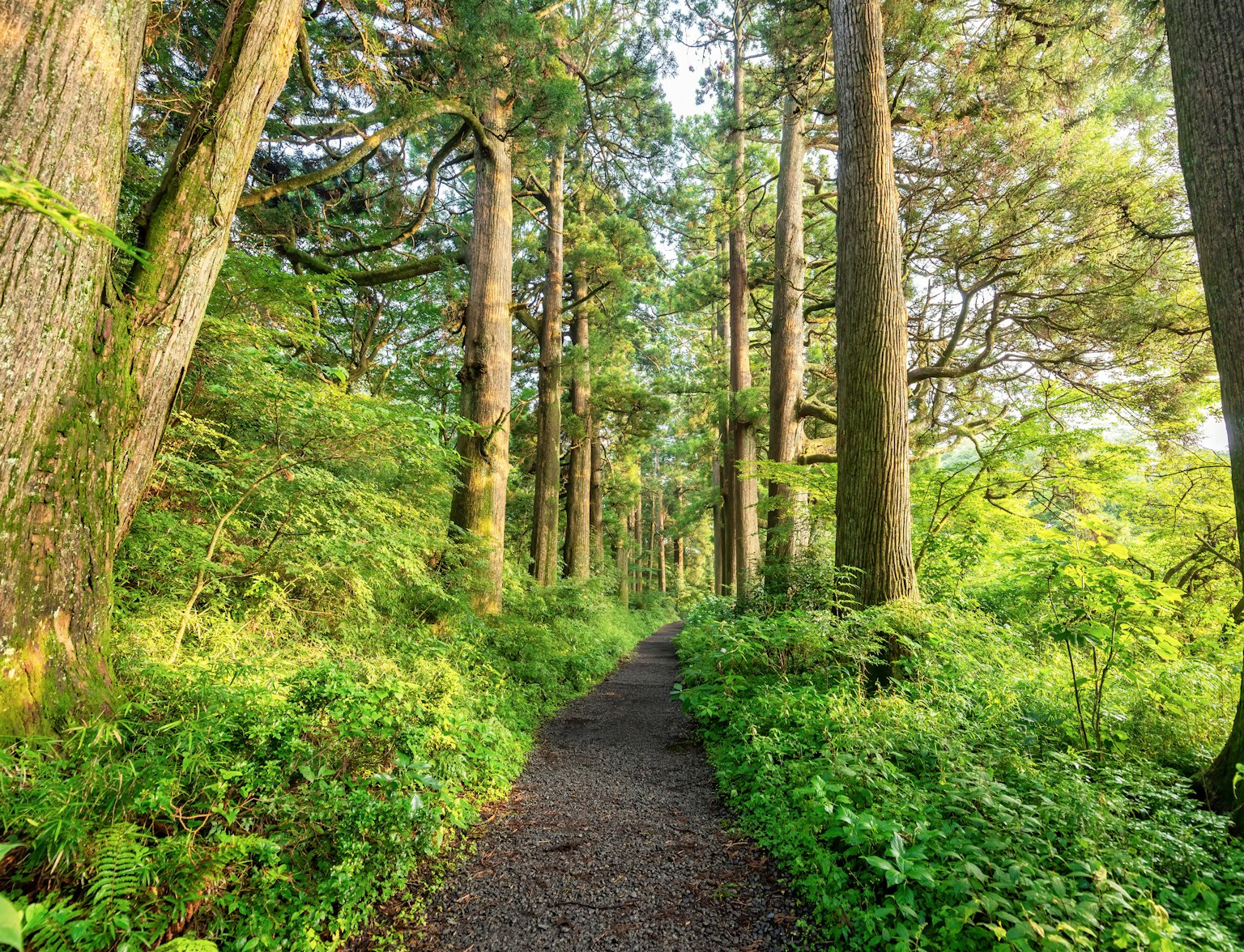
踏上箱根八尻徒步一日游,探索古老的东海道路线。
常见问题
参观富士箱根伊豆国立公园的最佳时间是什么时候?
最佳参观时间取决于您想体验什么。对于攀登富士山,7 月至 9 月初是理想的选择。对于樱花,请在 4 月参观,对于秋叶,11 月是最好的时间。温泉和沿海地区一年四季都可以享受。
如何从东京前往富士箱根伊豆国立公园?
从东京乘坐电车可轻松抵达公园。您可以乘坐 JR 东海道新干线前往箱根的小田原或前往伊豆半岛的三岛。要到达富士山地区,请乘坐 JR 中央线或富士急电车到河口湖站。
箱根有哪些必去景点?
不要错过箱根的温泉、可欣赏富士山美景的芦之湖、箱根露天博物馆和箱根神社。箱根登山铁道也是探索该地区的风景优美的方式。
我可以在伊豆半岛游泳或冲浪吗?
是的,伊豆半岛以其美丽的海滩而闻名,非常适合游泳、冲浪和享受日光浴。热门景点包括 Shirahama Beach、Toji Beach 和 Yumigahama Beach。



